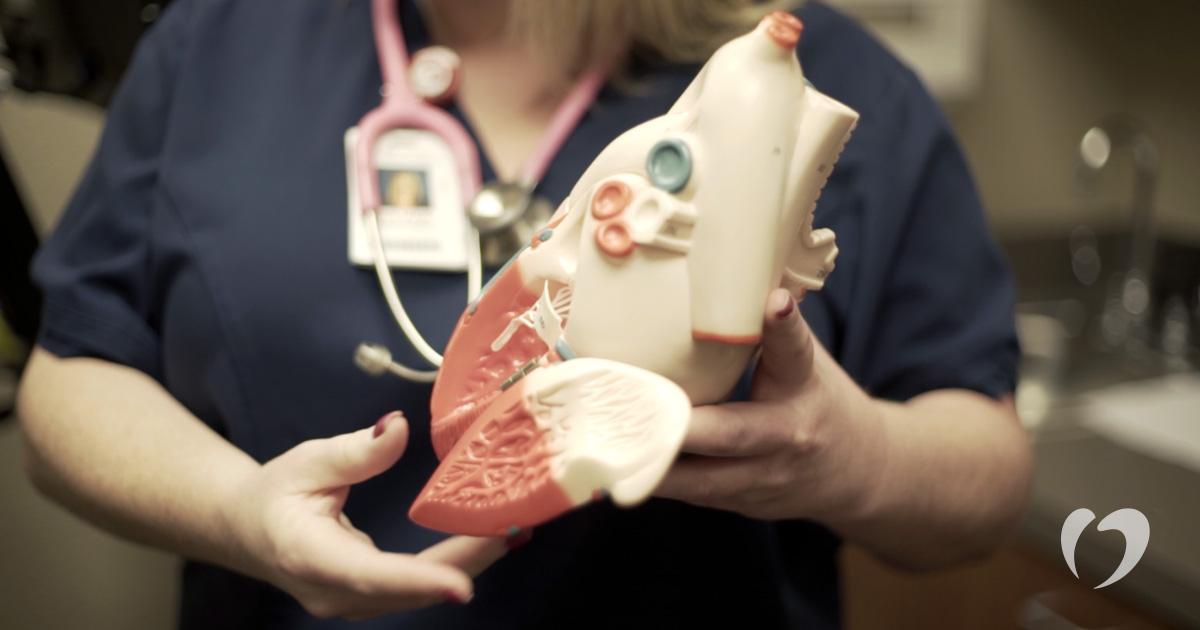Endocarditis symptoms, causes, and treatment

Endocarditis is inflammation in the inner lining of the heart chambers and heart valves, which is called the endocardium. It typically occurs when bacteria or germs from another part of your body enter the bloodstream and spread to your heart. If not treated quickly, endocarditis can cause severe damage to the heart valves and result in life-threatening complications.
Symptoms of endocarditis
Symptoms of endocarditis may develop slowly over time or appear suddenly, depending on what type of bacteria or infection is causing the inflammation. Common symptoms include:
- Flu-like symptoms, such as fever or chills
- Heart murmur
- Fatigue
- Shortness of breath
- Night sweats
- Nausea or decreased appetite
- Swelling of feet, legs, or abdomen
- Muscle or joint pain
- Unintentional weight loss
Endocarditis is rare in people with healthy hearts. People with the highest risk of endocarditis are those with damaged heart valves, artificial heart valves, or other heart defects.
Causes of endocarditis
Most endocarditis is caused by bacteria that enter the bloodstream, but some cases may be caused by fungi or other microorganisms. The germs travel through the bloodstream and attach to abnormal heart valves or other damaged heart tissue, which then causes inflammation.
In most people, the immune system destroys any bacteria that enter the bloodstream before it can travel to the heart. However, in some people, it is still able to reach the heart and cause endocarditis.
Germs can enter your bloodstream in a number of ways, including:
- Eating or drinking.
- Brushing your teeth or other oral activities that could cause your gums to bleed.
- An infection or other medical condition, including sores on the skin, gum disease, sexually transmitted infections, and others.
- Catheters, a thin tube used in certain medical procedures. This is more common if the catheter is in place for a long period of time.
- Tattoos and piercings.
- Intravenous illegal drug use with a contaminated needle.
- Certain dental procedures that involve cutting your gums.
Diagnosis and treatment of endocarditis
Your Oklahoma Heart Hospital physician may order several tests to diagnose endocarditis, including a blood test, echocardiogram (ultrasound of the heart), electrocardiogram (EKG), or chest x-ray.
Treatment of endocarditis typically involves IV antibiotics administered in the hospital. Through blood tests, your doctor will identify what specifically is causing your endocarditis and prescribe the most appropriate antibiotic to treat the specific cause. Once released from the hospital, you may be prescribed oral antibiotics for an additional period of time.
Some severe cases of endocarditis may require surgery to treat any remaining infection or repair or replace a damaged heart valve.
Patients with a high risk of endocarditis may be prescribed preventive antibiotics before dental procedures or certain medical procedures to help reduce the risk of infection. Talk to your Oklahoma Heart Hospital physician before any medical or dental procedures and be sure your dentist is aware of your endocarditis risk.
